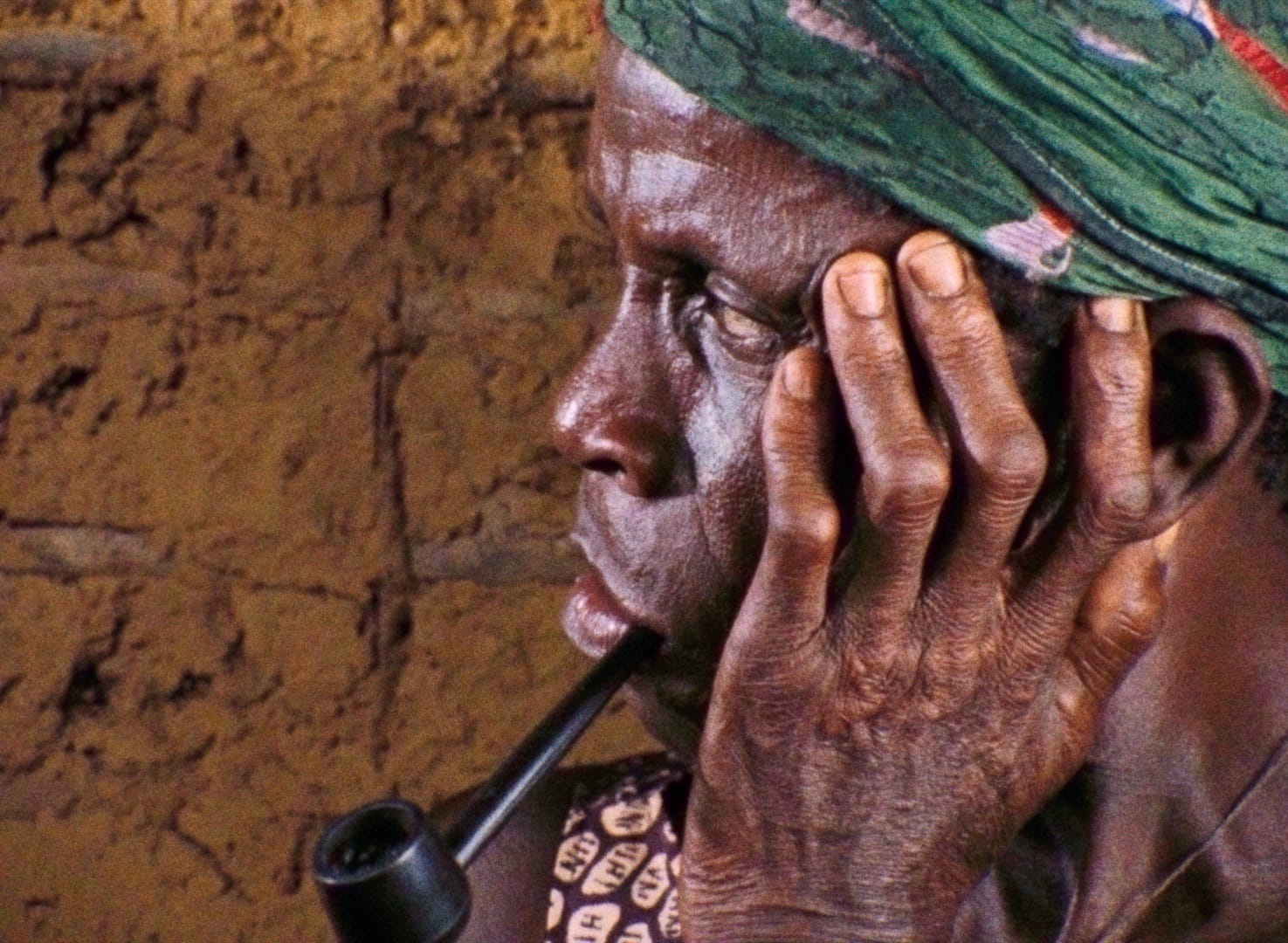Sambizanga: Everyday Revolution

“African women must be everywhere. They must be in the images, behind the camera, in the editing room, and involved in every stage of the making of a film.” With this statement, made in 1995 in the bilingual journal Ecrans d’Afrique, Sarah Maldoror offered a succinct manifesto, demanding transformative change in who was authorized to make films and clarifying her own self-definition as an African woman behind the camera who foregrounds African women in her images. The most significant expression of Maldoror’s artistic and political commitments is Sambizanga (1972), a cinematic work of immense historical and cultural importance that stages a reckoning with the interlocking systems of colonialism, capitalism, and patriarchy. This film, about the Angolan struggle for independence from Portuguese colonization, made her one of the first women of African descent to direct a feature film on the African continent and was awarded the prestigious Tanit d’or grand prize at the 1972 Carthage Film Festival. Regrettably, a serious assessment of the importance of Maldoror’s contributions has come only after her passing in 2020. With the restoration of Sambizanga presented in this release, her only completed narrative feature has found a second life of chromatic vibrancy, making more apparent than ever its position as a bright jewel of revolutionary filmmaking.
The narrative arc of Maldoror’s film follows Maria (played by Elisa Andrade, a Cape Verdean economist), an Angolan woman whose tractor-driver husband, Domingos Xavier (Domingos de Oliveira), is brutally taken by the colonial secret police and imprisoned on suspicion of insurgent activity. With their baby on her back, Maria carries the story forward as she leaves their village to find him. For Maldoror, there was a personal dimension to Sambizanga’s story line: her life partner, the Angolan poet and intellectual Mário de Andrade—who cowrote the screenplay with Maurice Pons—was one of the earliest leaders of the Popular Movement for the Liberation of Angola (MPLA); the couple were also part of an internationalist social sphere that included such renowned figures as the Guinea-Bissauan and Cape Verdean revolutionary leader Amílcar Cabral, and the Martinican anticolonial writer Aimé Césaire, who is the subject of four of Maldoror’s nonfiction films. The director’s intermingled social, political, and artistic worlds directly influenced the forms of Pan-Africanism and anticolonial solidarity that animated her filmmaking practice.
Born Sarah Ducados in 1929 in southwestern France to a Guadeloupean father and a French mother, she took on the name Maldoror after Comte de Lautréamont’s Les chants de Maldoror (1868–69), a text adored by the French surrealists. With this gesture of self-creation, she moved to Paris to pursue theater, soon cofounding Les Griots, the first troupe of exclusively Black and Caribbean actors in France. From there, Maldoror turned to cinema. In 1961, after travels that took her to Guinea-Conakry, she went to Moscow with a scholarship to the All-Union State Institute of Cinematography (VGIK) that provided two years of training in all aspects of filmmaking (she briefly overlapped there with the Senegalese titan of cinema Ousmane Sembène). Maldoror established her credentials in the arena of transnational radical filmmaking by working as an assistant director on Gillo Pontecorvo’s The Battle of Algiers (1966).







